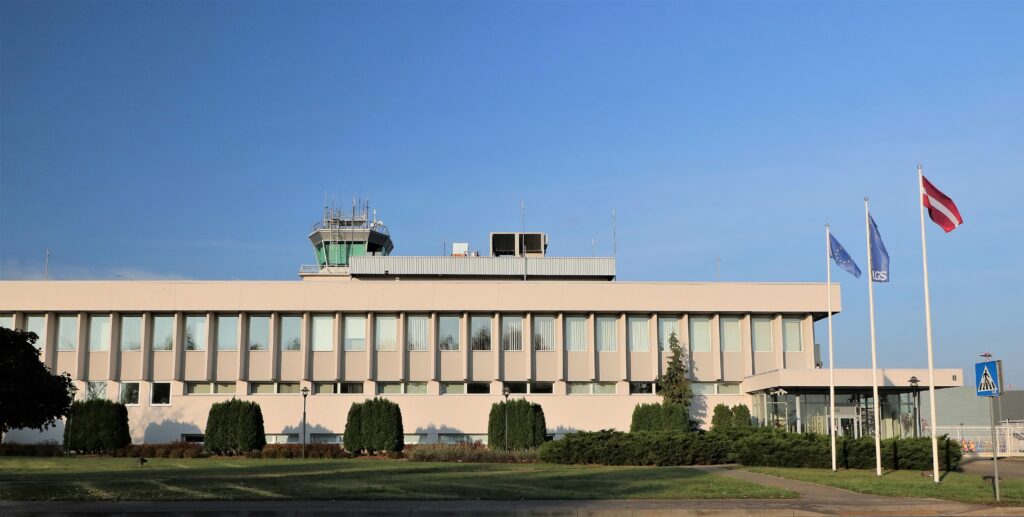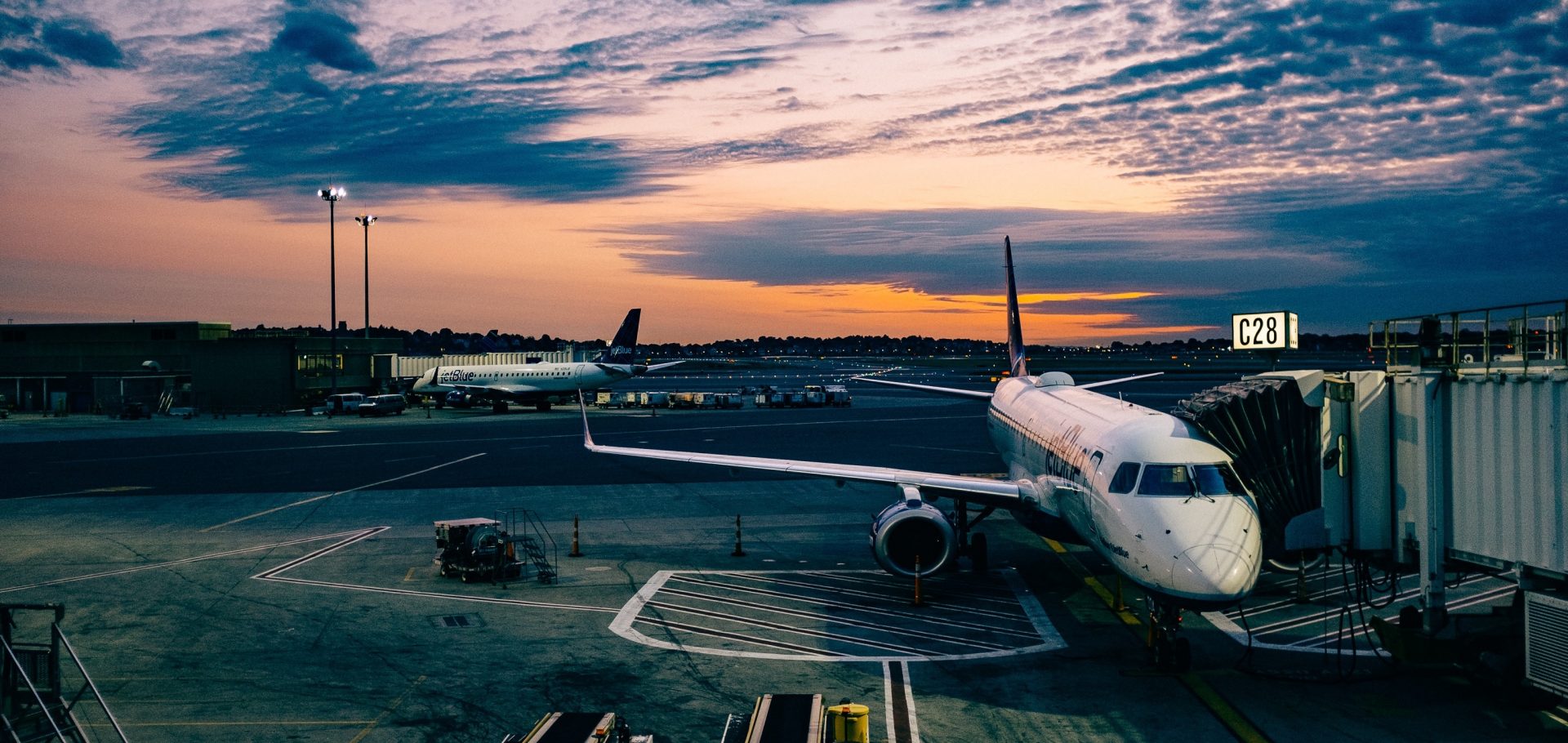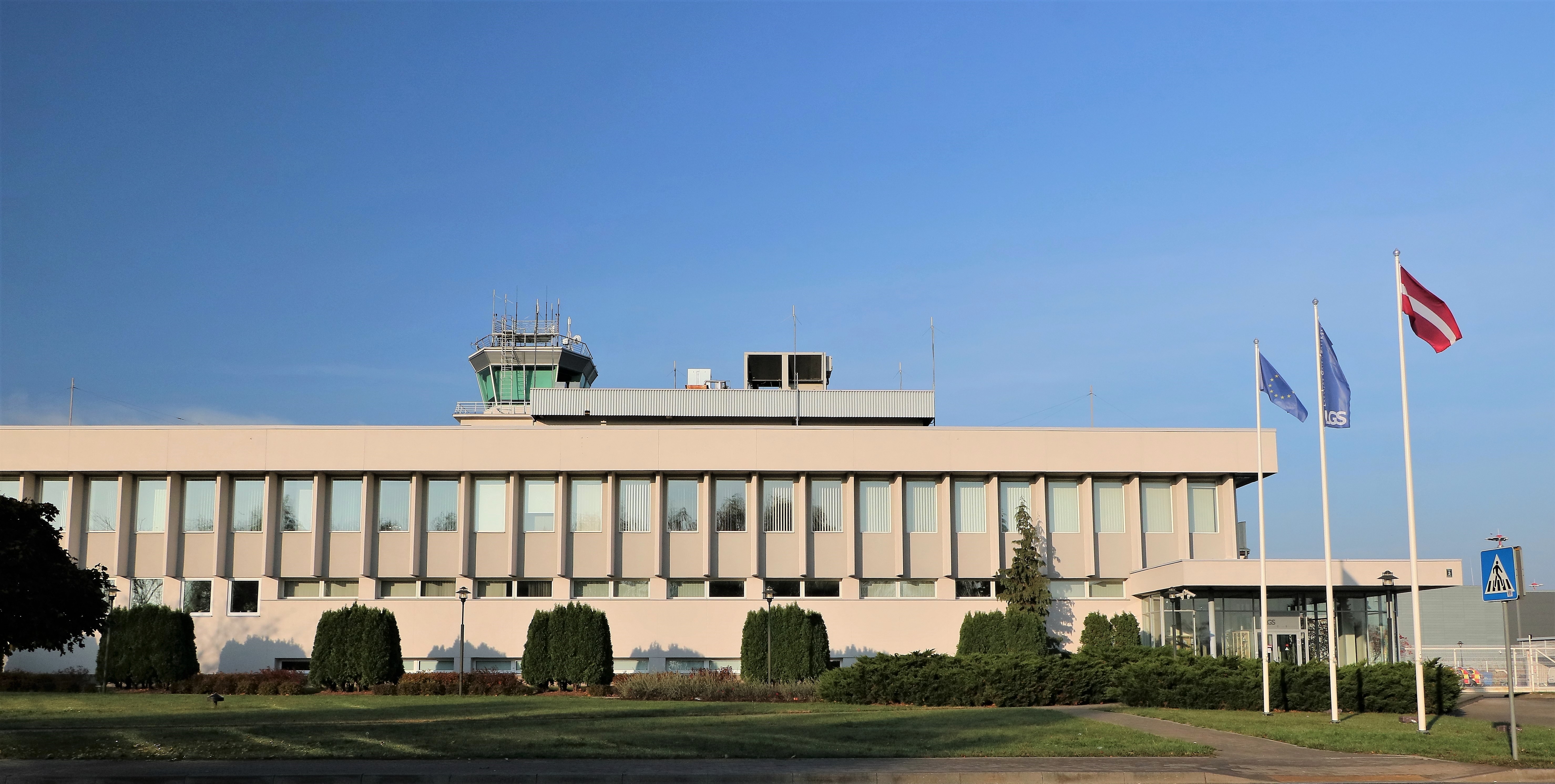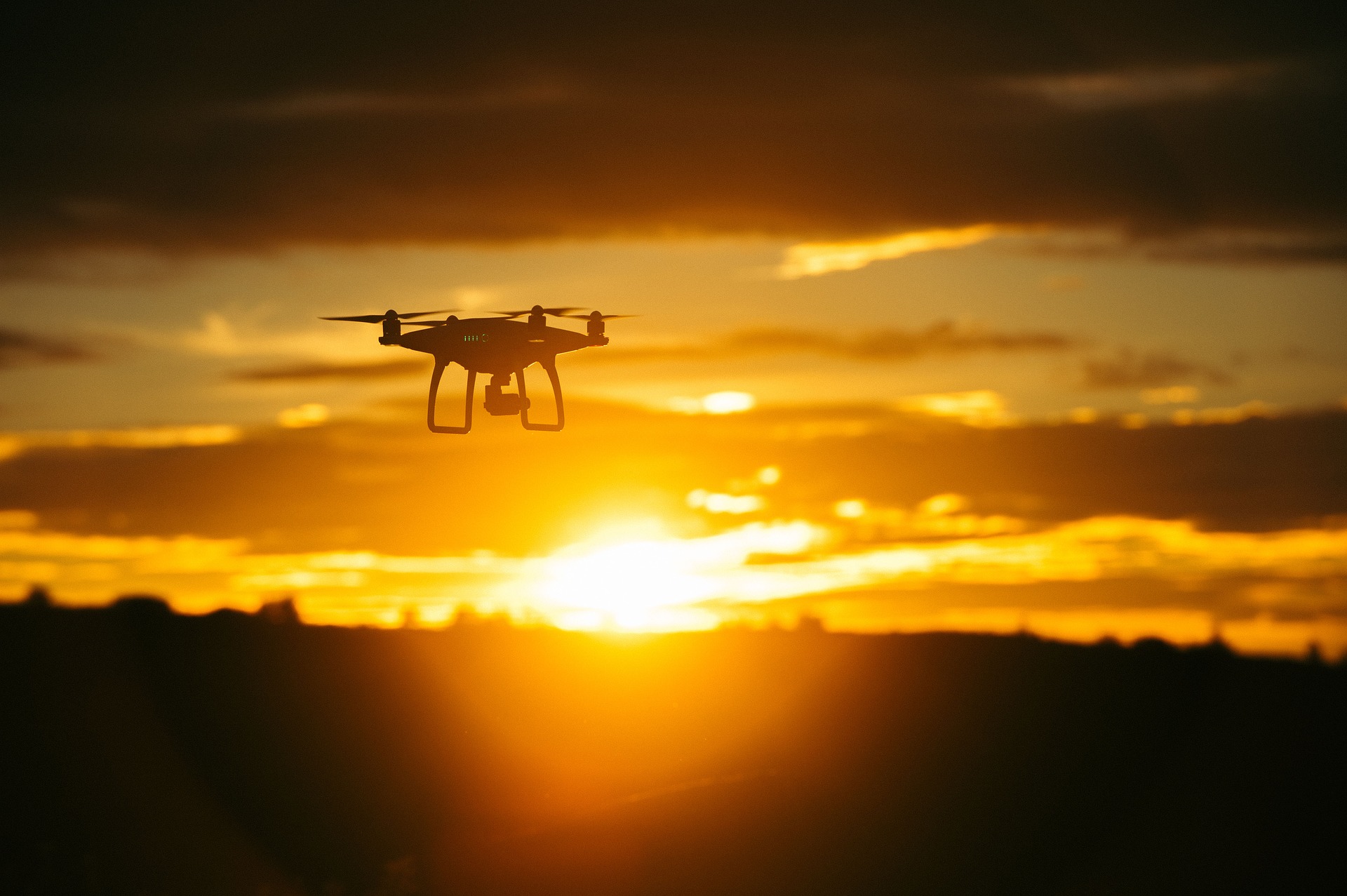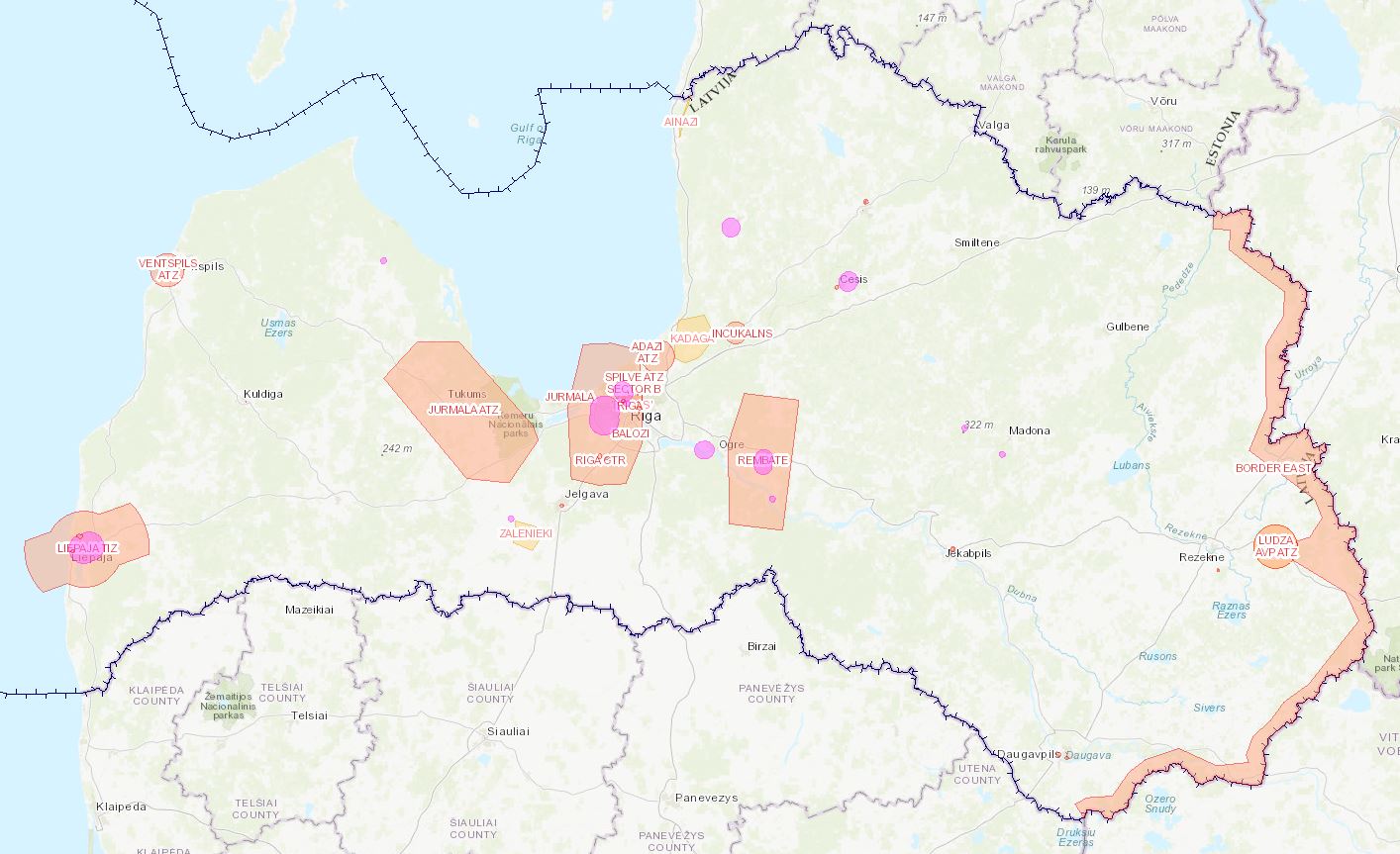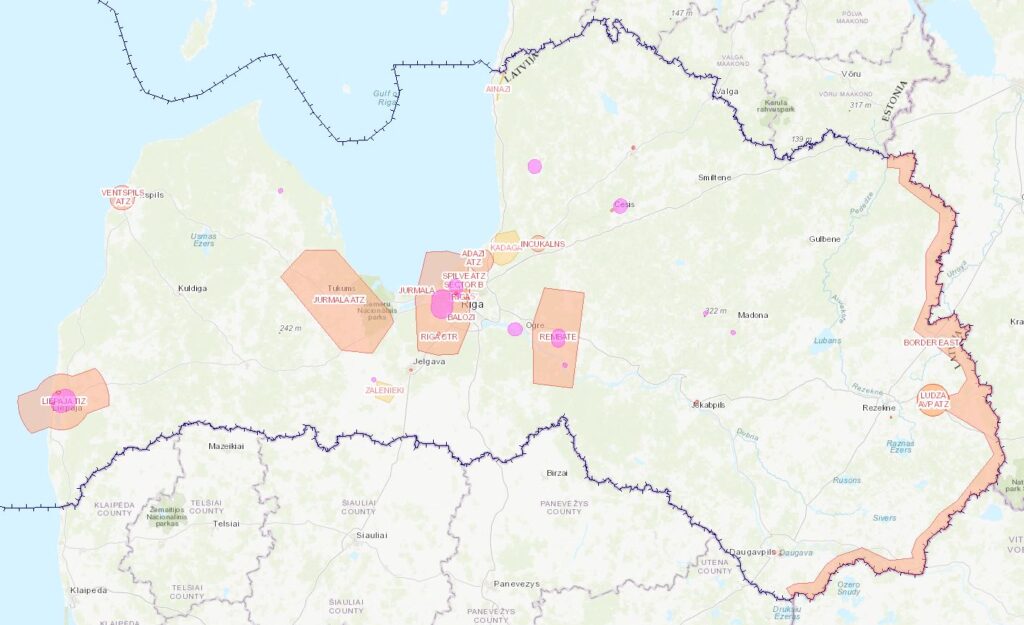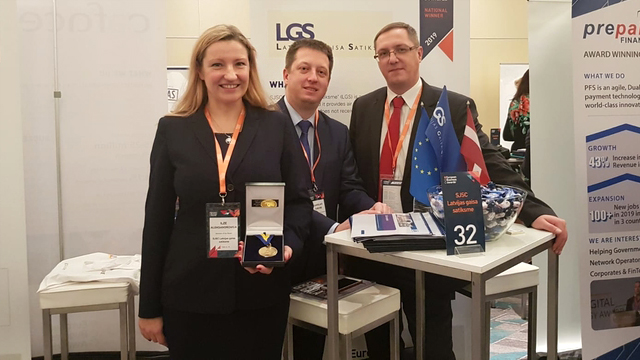We
inform you that from January 1, 2025, the requests from UAS operators to
coordinate drone flights in UAS geographical zones must be made in the State
Agency “Civil Aviation Agency” (CAA) Unmanned Aircraft System Information
System (BGKIS) at https://e.caa.gov.lv/.
Additional
information about BGKIS is available on the CAA website.
About
the C-class identification mark
Please note that at the end of 2023, the transition period allowing exceptions to the requirement for C-class identification markings for UAS operating in the “open” category came to an end. As of January 1, 2024, the requirement for C-class identification markings — certifying that the UAS meets specific standards — is enforced. More detailed information about C-class identification markings is available at EASA webpage.
UAS
operations within the LIELVARDE CTR SECTOR A, LIEPAJA FIZ SECTOR A and RIGA CTR
Boundaries
Within the
airspace designated for aviation traffic at the International Airport “Liepaja”,
the International Airport “Riga”, and the military airfield “Lielvarde”,
restrictions and limitations have been introduced for UAS operations, expressed
in the form of UAS geographical zones.
Each UAS
geographical zone has specific conditions for the implementation of unmanned
aircraft (UA) flights. We remind you that when the operational volume of
unmanned aircraft systems overlaps with multiple UAS geographical zones, it is
necessary to comply with the conditions of all applicable UAS geographical
zones for the flight to take place.
To begin
the UAS operation coordination process, the UAS operator (or their
representative) must submit the unmanned aircraft flight request in the UAS
Information System (BGKIS) at https://e.caa.gov.lv/. The flight application information
will be forwarded to the respective UAS geographical zone managers.
Specialists
from the State Joint-Stock Company “Latvian Air Traffic” (LGS), upon receiving
the unmanned aircraft flight request, will evaluate the submission and, if
necessary, request additional information. As a result of the evaluation,
possible coordination methods, procedures, and conditions under which UA
flights can be conducted will be determined. Information about applicable
coordination types (A, B, C, C (exception), D, E, E(EVGA)) is included in the
descriptions of the UAS geographical zones, which are under the jurisdiction of
LGS Air Traffic Control Department.
Coordination
Type A
UAS operations are performed in the presence of the LGS unmanned aircraft
coordinator. Each flight of UA is carried out according to the instructions of
the Lielvarde Tower Air Traffic Controller, Riga Tower Air Traffic Controller
or the Liepaja Flight Information Service officer.
This coordination type is applied within the LIELVARDE CTR SECTOR A, LIEPAJA
FIZ SECTOR A, RIGA CTR boundaries for UA flights conducted at a distance of up
to 5 kilometers from the certified airport runway threshold or at altitudes
above 50 meters.
The LGS unmanned aircraft coordinator’s field service is a paid service (see
the section “LGS Unmanned Aircraft Coordinator’s Service Price List”).
Coordination
Type B
This coordination type applies to unmanned aircraft flights within the LIEPAJA
FIZ SECTOR A boundary. Under this coordination type, LGS can coordinate
unmanned aircraft flights up to an altitude of 120 meters above the ground or
water surface during time intervals when the Liepaja Information Service
operator (AFISO) is not providing air traffic information services.
Coordination
Type C
This coordination type stipulates that UAS operations in the “open” and
“specific” categories are allowed at altitudes up to 50 meters above the ground
or water surface if they are carried out no closer than 5 kilometers from the
certified airport runway.
This coordination type is applied within the LIELVARDE CTR SECTOR A, LIEPAJA
FIZ SECTOR A, LIELVARDE CTR SECTOR A, and RIGA CTR boundaries. Unmanned
aircraft systems with a take-off mass exceeding 2 kilograms have additional
requirements (see the section “Requirements for Unmanned Aircraft Systems with
a Maximum Take-Off Mass Exceeding 2 Kilograms”).
Coordination
Type C (Exception)
Coordination type C (exception) is intended for cases where an UAS operations
can be conducted at altitudes up to 110 meters above the ground or water
surface and flights take place in an area with high artificial obstacles (e.g.,
skyscrapers). If the artificial obstacle exceeds 105 meters in height, unmanned
aircraft flights near the obstacle may be coordinated up to an altitude that
exceeds the height of the obstacle by 15 meters.
The application of Coordination Type C (exception) is evaluated individually
and is only applicable within the RIGA CTR boundaries.
Coordination
Type D
Coordination Type D defines how the coordination of state and military UAS
operations is carried out near the International Airport “Riga” (RIGA CTR).
LGS invites state institutions conducting state unmanned aircraft flights or
military unmanned aircraft flights, as well as authorized representatives of
municipal police, to contact LGS by sending an email to lgs@lgs.lv to obtain
additional information about this coordination type and the cooperation terms.
Coordination
Type E
This is a special procedure under which unmanned aircraft flights can be
conducted near the International Airport “Riga” (RIGA CTR) at altitudes up to
40 meters above the ground or water surface without the presence of the LGS
unmanned aircraft coordinator. The application of this coordination type is
evaluated individually. Please note that Coordination Type E has additional
restrictions and conditions, which the UAS operator will be informed of if this
procedure is applied. Coordination Type E cannot be applied within or in the
immediate vicinity of the International Airport “Riga” area.
Coordination
Type E (EVGA)
This is a
custom solution for dedicated users.
Regarding
UAS operations above the International Airports “Liepaja” and “Riga” Area and
in the vicinity of military aerodrome “Lielvarde”
Upon receiving a flight request for an UAS operation above the controlled area
of the International Airport “Liepaja”, the International Airport “Riga” or in
the vicinity of military aerodrome “Lielvarde”, LGS will inform the UAS
operator about the need to coordinate the flight with the respective airport
operator and provide information on the next steps. Please note that this
coordination process may take more than 10 days.
LGS Unmanned Aircraft Coordinator’s Service Price List (Coordination Type A).
Provision
of Aeronautical Information (fixed daily rate): €18.15 per day, including VAT
LGS
coordinator visit (weekdays from 08:30 to 17:00): €36.30 per hour, including
VAT
LGS coordinator visit (outside office hours, weekends, and public holidays): €72.60 per hour, including VAT
Transport expenses: €0.38 per kilometer, including VAT
Example
of Service Price Calculation within RIGA CTR and LIEPAJA FIZ SECTOR A
The minimum
amount is 54.45 EUR, including VAT. This amount consists of:
- 18.15 EUR – Provision of
aeronautical information
- 36.30 EUR per hour – LGS specialist
call-out (on weekdays from 08:30 to 17:00)
Example of Service Price Calculation within LIELVARDE CTR SECTOR A
The
approximate amount starts from 180.25 EUR, including VAT. This amount consists
of following components:
- 18.15 EUR – Provision of
aeronautical information
- 53.20 EUR – Transport expenses from
the LGS office to the UAV flight coordination site and back (70 km x 2 x 0.38
EUR)
- 72.60 EUR – LGS specialist call-out
(travel time to and from the site) – 2 hours
- 36.30 EUR – LGS specialist call-out
– 1 hour fee for actual UAV flight coordination
Requirements
for Unmanned Aircraft Systems (UAS) with a Maximum Takeoff Mass Exceeding 2
Kilograms
This section outlines the requirements for unmanned aircraft systems and
operations in the “open” category in accordance with Coordination Types C
(including C exception), D, and E. In these cases, the UAS must be equipped
with solutions that provide the remote pilot with information about the
aircraft’s location, altitude, speed, battery charge level, control and
communication (C2) link, Global Navigation Satellite System (GNSS) signal
strength and quality, automatic warnings if the signal becomes too weak or
poor, as well as automatic fail-safe functions for at least the following
cases:
- Loss of C2 link between UAS and remote control device – In case of loss of the C2 link, the fail-safe system will automatically activate within 5 seconds and initiate safe landing procedures according to pre-set conditions (simultaneously preventing the continuation of any pre-programmed automatic flight path, if applicable);
- Problems with positioning system sensors – For example, in case of GNSS signal disruption or complete loss, the UAS will automatically disable these sensors (or allow manual disabling);
- Flight data recording – Recording of flight time, coordinates, altitude, and speed;
- Altitude reduction capability – The UAS must be configured to reduce altitude at a rate of at least 2.5 m/s;
- Manual flight termination – The system should allow the remote pilot to manually terminate the flight by shutting off the motor in an emergency.
Coordination
Types C (exception), D, and E do not allow “open” category operations with
homemade unmanned aircraft systems if their weight exceeds 2 kilograms.
Additional
Information on UA flight coordination within the LIELVARDE CTR SECTOR A,
LIEPAJA FIZ SECTOR A, RIGA CTR Boundaries
Email: bgk@lgs.lv
Phone: +371 67300961
Current
Information
Map with UAS geographical zones: https://www.airspace.lv/drones
UAS geographical zones dataset: https://ais.lgs.lv/page/UAS_geozones
Aviation information, NOTAM: https://ais.lgs.lv/notam
Aviation Information Publications (AIP): https://ais.lgs.lv/aiseaip
Other
Useful Information
Additional information about UAS categories:
Actions
in the Event of an UAS Emergency
If the remote pilot loses control of the UAS and it continues uncontrolled
flight, they must immediately inform representatives of the State Joint-Stock
Company “Latvijas gaisa satiksme” (LGS) using one of the following phone
numbers:
- +371 67300645
- +371 67300642
- +371 67783761
Provide the
following information:
- Total takeoff weight of the UA;
- Flight location (last known coordinates or a clearly identifiable object);
- Flight altitude (last known altitude, specifying the reference system – above ground/water surface (AGL) or above mean sea level (AMSL));
- Flight direction (cardinal direction or relative to a clearly identifiable object);
- Flight duration with remaining fuel/battery charge level (estimated remaining flight time);
- Maximum flight speed;
- Maximum flight duration;
- Theoretical maximum flight distance;
- Maximum possible flight altitude.
Reporting
Incidents
The remote pilot and/or UAS operator must submit an incident report (mandatory
reporting) if an UA flight results in any of the following:
- Death or serious injury to persons;
- Involvement of manned aircraft.
Persons can
also report (voluntary reporting) other incidents when there are disruptions in
the UAS system operation, it crashes, or a situation arises that could pose a
threat to surrounding areas under other circumstances.
Additional information about mandatory and voluntary reporting is available on the website: https://e.caa.gov.lv
